Home>Gardening & Outdoor>Landscaping Ideas>What Is Grass Fed Butter
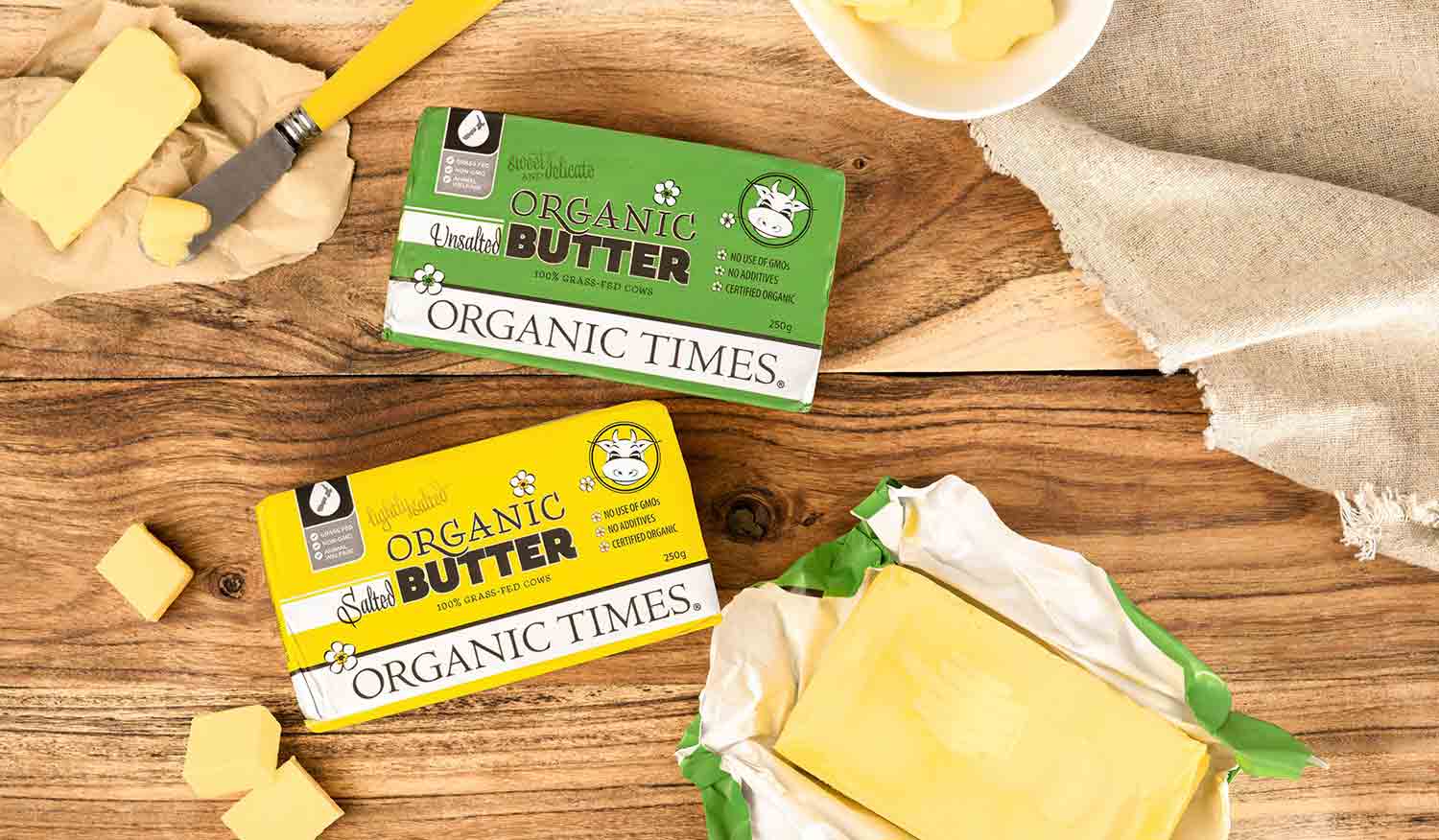

Landscaping Ideas
What Is Grass Fed Butter
Modified: August 20, 2024
Discover the benefits of grass-fed butter and how it can enhance your landscaping ideas. Learn about its nutritional value and sustainable production. Unlock the potential of grass-fed butter for your landscaping projects.
(Many of the links in this article redirect to a specific reviewed product. Your purchase of these products through affiliate links helps to generate commission for Storables.com, at no extra cost. Learn more)
Introduction
Are you a fan of rich, creamy butter but curious about the term "grass-fed" that's been buzzing around? If so, you're in for a treat! In this article, we'll delve into the world of grass-fed butter, uncovering its meaning, nutritional benefits, environmental impact, and versatile uses. Whether you're a health-conscious foodie, an eco-conscious consumer, or a culinary enthusiast, understanding the nuances of grass-fed butter can elevate your appreciation for this dairy delight. So, grab a seat and prepare to embark on a delectable journey through the pastures of grass-fed butter!
Key Takeaways:
- Grass-fed butter comes from cows that primarily eat grass, offering unique nutrients and flavors. Choosing it supports sustainable farming and animal welfare, making it a conscientious and delicious choice for food lovers.
- Grass-fed butter is rich in essential nutrients, healthy fats, and antioxidants. It’s not only a tasty addition to meals and treats but also contributes to sustainable land use and ethical farming practices.
Read more: Who Makes Grass-Fed Butter
What Does “Grass Fed” Mean?
The term "grass-fed" refers to animals, such as cows in the case of butter production, that primarily consume grass and forage throughout their lives. Unlike conventionally raised cows, which may spend a significant portion of their lives in feedlots consuming grain-based diets, grass-fed cows graze on pasture for the majority of the year.
This distinction is crucial as the diet of the animal impacts the composition of the butter it produces. Grass-fed butter, derived from the milk of cows that predominantly graze on grass, offers a distinct nutritional profile and flavor compared to butter sourced from grain-fed cows.
Furthermore, the grass-fed label signifies a commitment to sustainable and ethical farming practices. It reflects a dedication to allowing animals to engage in their natural behaviors, roam in open pastures, and consume a diet that aligns with their biological needs.
When you choose grass-fed butter, you are not only opting for a product with unique qualities but also supporting a farming approach that prioritizes animal welfare and environmental stewardship.
Nutritional Benefits of Grass Fed Butter
Grass-fed butter boasts a spectrum of nutritional advantages that distinguish it from conventional butter. Here are some key benefits:
- Rich in Essential Nutrients: Grass-fed butter is a plentiful source of essential nutrients, including fat-soluble vitamins such as A, D, E, and K2. These vitamins play vital roles in supporting immune function, bone health, vision, and overall well-being.
- Healthy Fats: Grass-fed butter contains a balanced ratio of omega-3 to omega-6 fatty acids, contributing to a healthier lipid profile when consumed as part of a balanced diet.
- Conjugated Linoleic Acid (CLA): This beneficial fatty acid is found in higher concentrations in grass-fed butter, offering potential anti-inflammatory and metabolic health benefits.
- Antioxidants: Grass-fed butter contains antioxidants, such as beta-carotene and tocopherols, which contribute to its robust nutritional profile.
- Butyrate Content: Butter from grass-fed cows is a notable source of butyrate, a short-chain fatty acid with anti-inflammatory and gut-health-supporting properties.
These nutritional attributes make grass-fed butter a valuable addition to a well-rounded diet, offering a spectrum of health-promoting compounds that contribute to overall wellness.
When looking for grass-fed butter, check the label for “100% grass-fed” or “pasture-raised” to ensure the cows were only fed grass, which can result in higher levels of omega-3 fatty acids and vitamins.
Environmental and Ethical Considerations
Choosing grass-fed butter extends beyond personal health benefits; it also aligns with environmental sustainability and ethical farming practices. Here are some key considerations:
- Sustainable Land Use: Supporting grass-fed butter production encourages sustainable land management practices. Grazing animals on pastureland can contribute to healthy soil, biodiversity, and carbon sequestration, fostering a more regenerative agricultural system.
- Reduced Environmental Impact: Grass-fed farming methods often prioritize ecological balance, minimizing the need for synthetic fertilizers, pesticides, and intensive feed production associated with conventional grain-fed livestock operations.
- Animal Welfare: Grass-fed butter reflects a commitment to animal welfare, allowing cows to express natural behaviors, graze on open pastures, and experience a higher quality of life compared to confined feedlot conditions.
- Supporting Local Farms: Choosing grass-fed butter can support local and regional farming communities that adhere to sustainable, pasture-based agricultural practices, thereby fostering resilient food systems and rural economies.
- Transparency and Accountability: Many grass-fed butter producers prioritize transparency in their farming practices, allowing consumers to connect with the source of their food and make informed choices aligned with their values.
By opting for grass-fed butter, consumers can actively contribute to a food system that values environmental stewardship, animal welfare, and community well-being, making it a flavorful and conscientious choice for culinary and ethical considerations.
How to Use Grass Fed Butter
Grass-fed butter’s rich, creamy texture and nuanced flavor make it a versatile and delightful addition to a myriad of culinary creations. Here are some inspiring ways to savor and utilize this delectable dairy product:
- Culinary Masterpiece: Enhance the flavor and richness of sautéed vegetables, seafood, or meats by incorporating grass-fed butter into your cooking. Its subtle nutty undertones can elevate the taste of your favorite dishes.
- Baking Brilliance: Whether you’re crafting flaky pastries, moist cakes, or buttery cookies, grass-fed butter lends a luxurious texture and depth of flavor to baked goods, making each bite a delectable delight.
- Flavorful Spreads: Elevate your morning toast or artisanal bread with a slather of grass-fed butter, allowing its creamy goodness to melt into every delectable bite.
- Whipped Wonder: Transform grass-fed butter into a sumptuous whipped spread, adding a touch of honey or sea salt for a delightful accompaniment to fresh bread or scones.
- Finishing Touch: A dollop of grass-fed butter atop a sizzling steak or steamed vegetables can impart a luxurious finish, enriching the flavors and textures of your culinary creations.
- Coffee Elixir: Embrace the trend of adding a spoonful of grass-fed butter to your morning coffee, creating a creamy and frothy beverage known as bulletproof coffee, which may provide sustained energy and satiety.
With its myriad of culinary applications, grass-fed butter invites creativity and indulgence, adding a touch of luxury to everyday meals and treats.
Read more: What Is Grass-Fed
Conclusion
Exploring the realm of grass-fed butter reveals a tapestry of flavors, nutritional benefits, and ethical considerations that enrich both the palate and the conscience. From its origins in sustainable and pasture-based farming to its role as a culinary staple, grass-fed butter embodies a harmonious blend of nutrition, flavor, and conscientious production.
By choosing grass-fed butter, consumers embrace a product that not only offers a distinctive taste and nutritional profile but also supports sustainable land management, animal welfare, and local farming communities. This conscious choice resonates beyond the dining table, fostering a deeper connection to the sources of our food and the impact of our consumption.
Whether it’s enhancing the savor of a sizzling dish, lending richness to baked goods, or contributing to a more sustainable food system, grass-fed butter invites us to savor each creamy bite while honoring the interconnectedness of our culinary choices with the environment and the well-being of farming communities.
So, let’s savor the lusciousness of grass-fed butter, knowing that each delectable taste embodies a commitment to holistic nourishment, ethical stewardship, and the celebration of culinary artistry.
Frequently Asked Questions about What Is Grass Fed Butter
Was this page helpful?
At Storables.com, we guarantee accurate and reliable information. Our content, validated by Expert Board Contributors, is crafted following stringent Editorial Policies. We're committed to providing you with well-researched, expert-backed insights for all your informational needs.
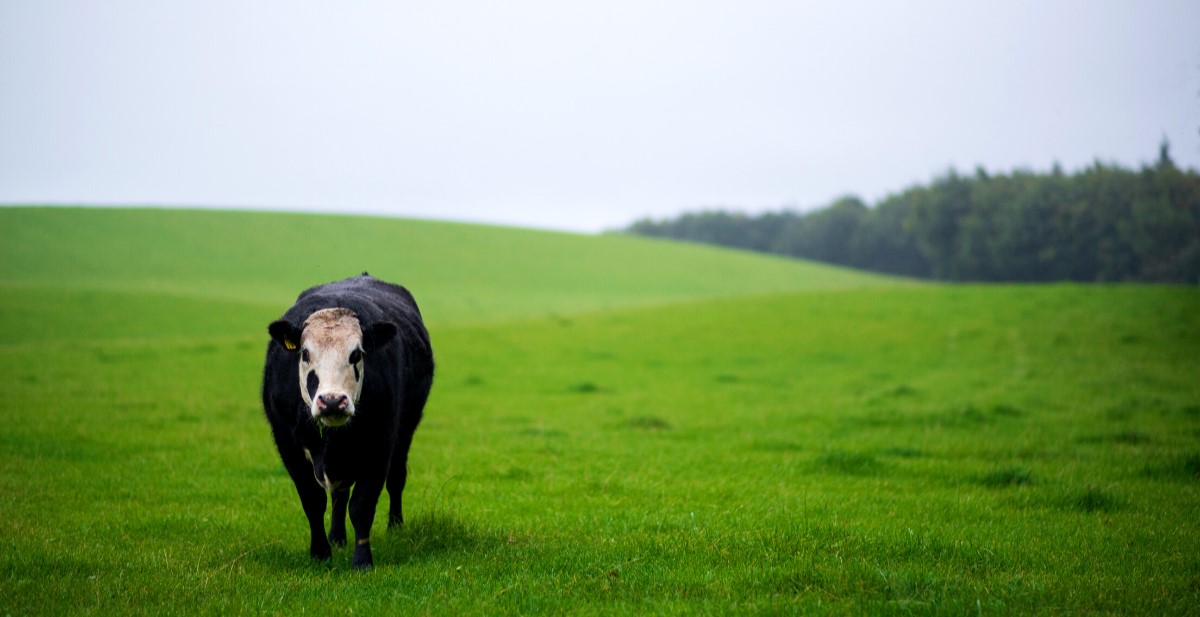
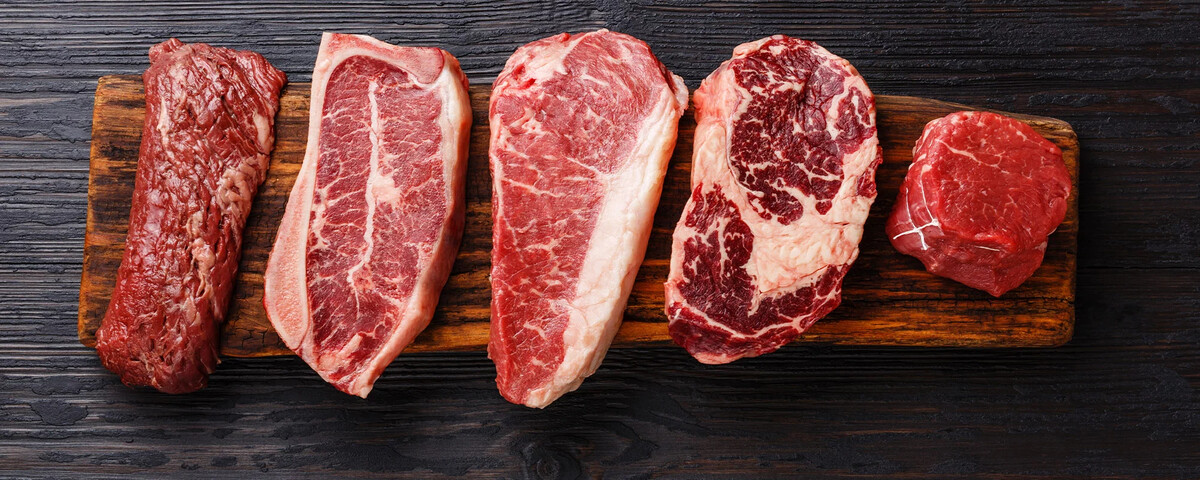
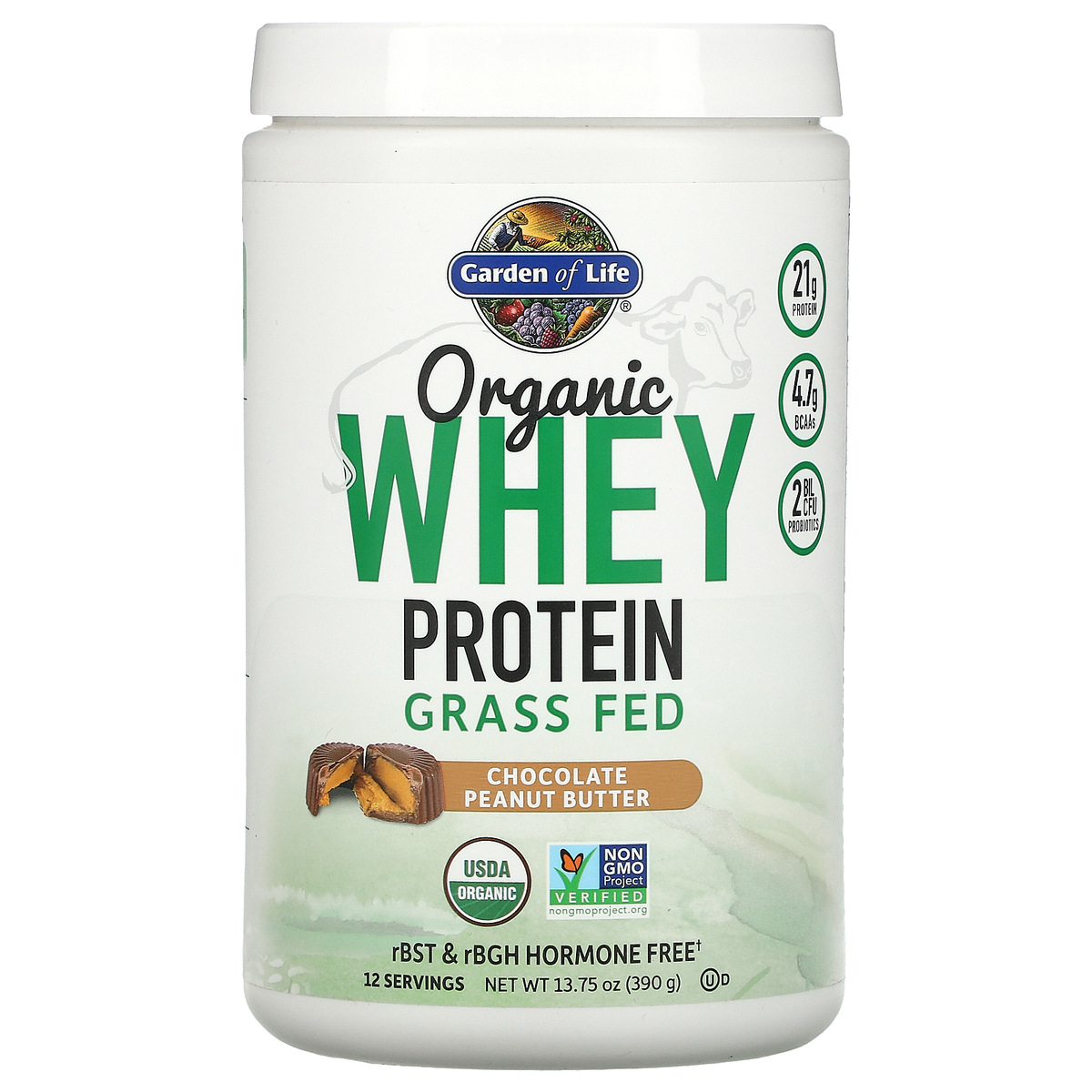
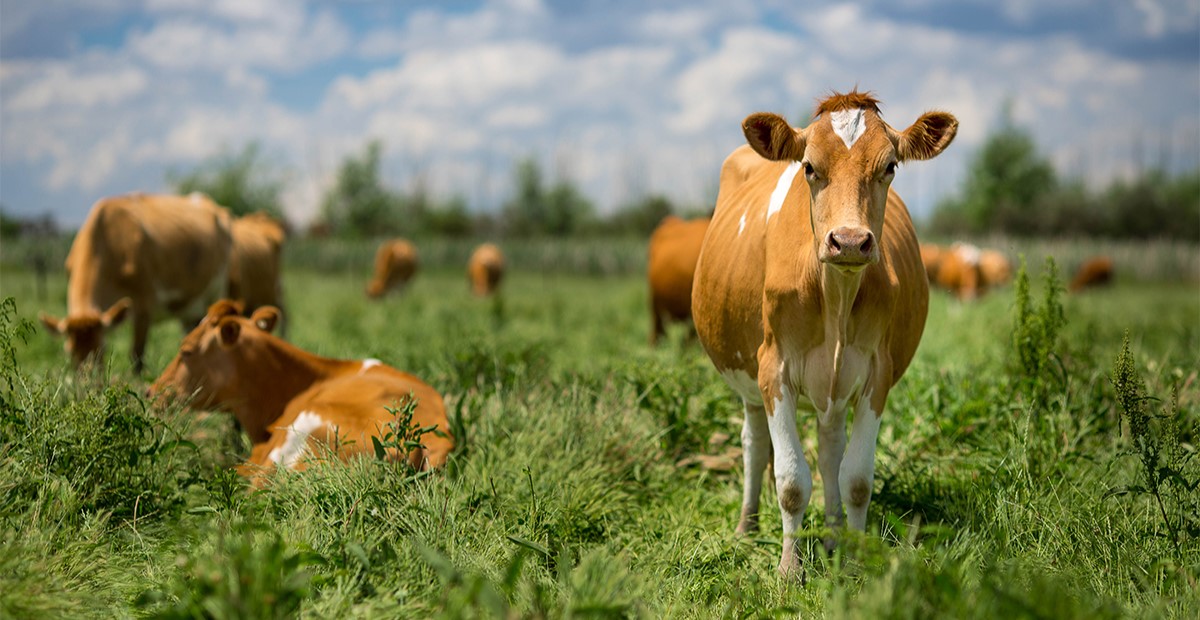
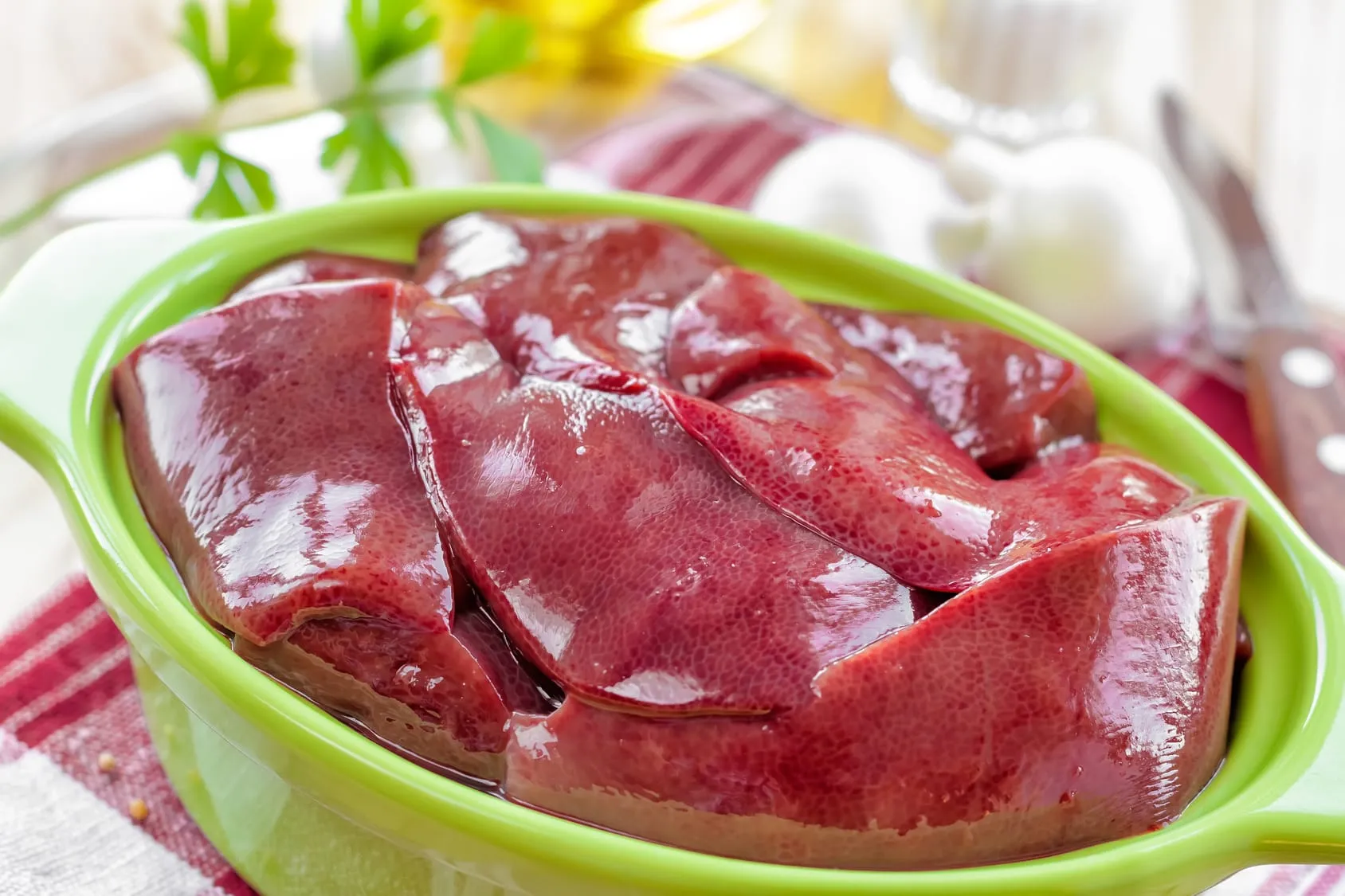
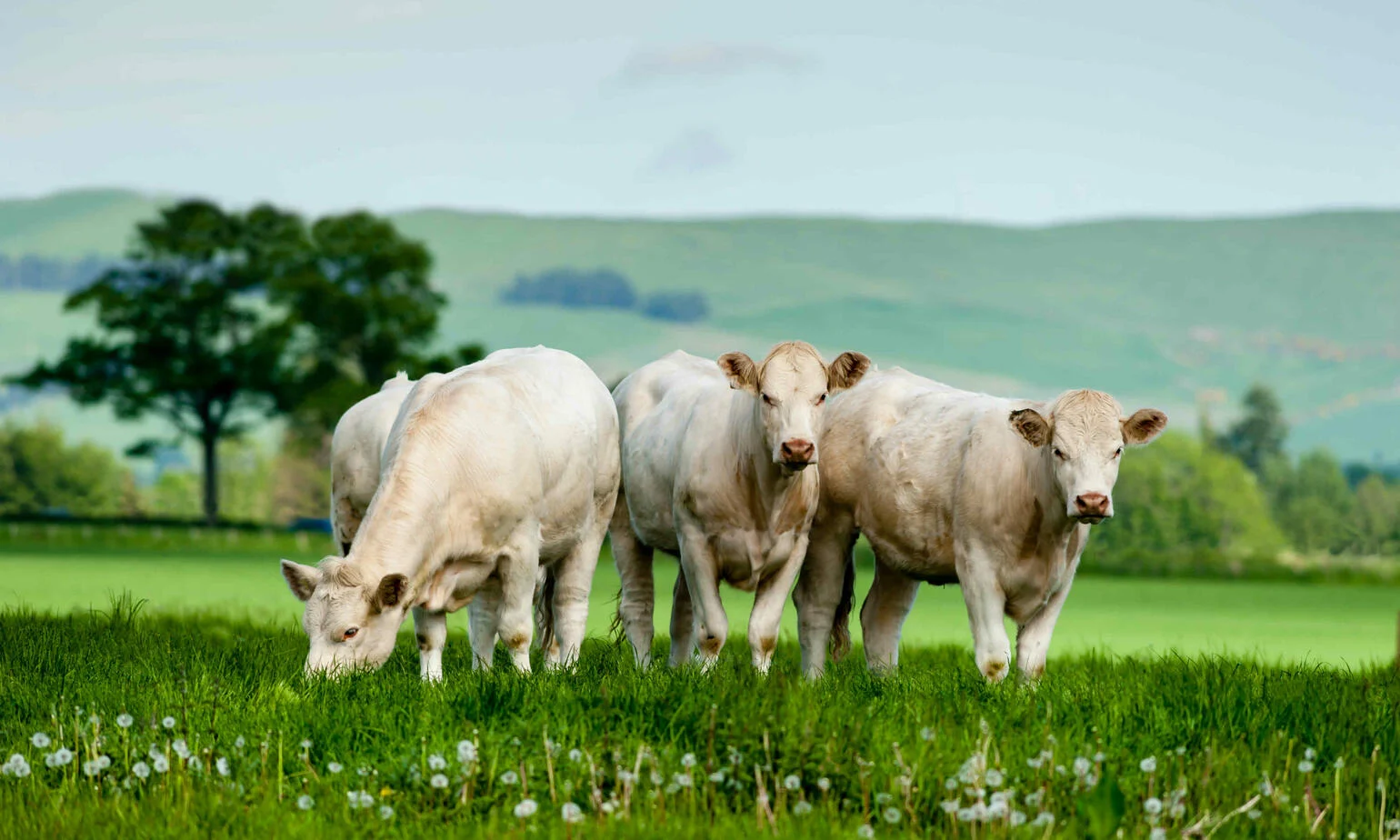

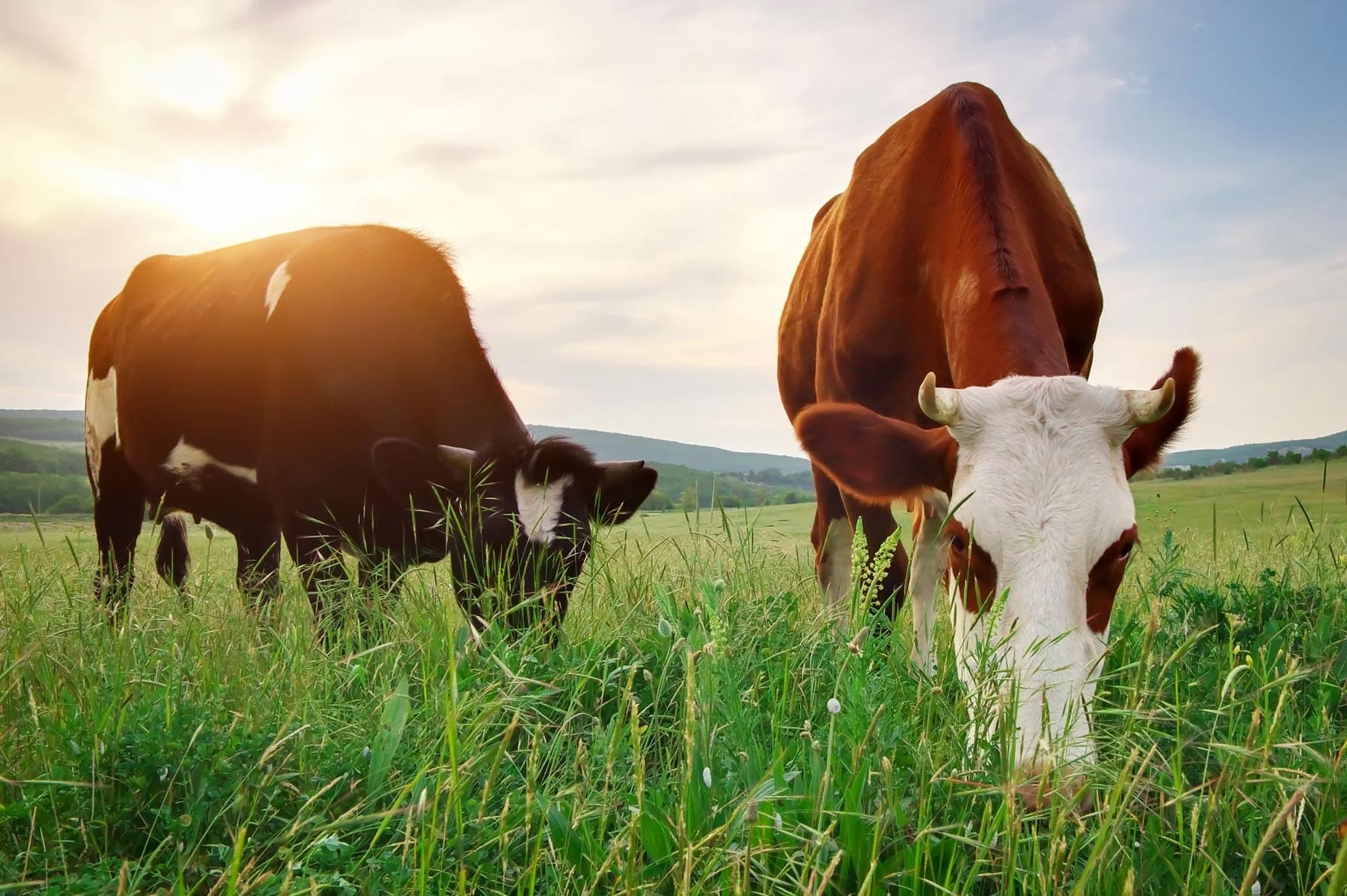
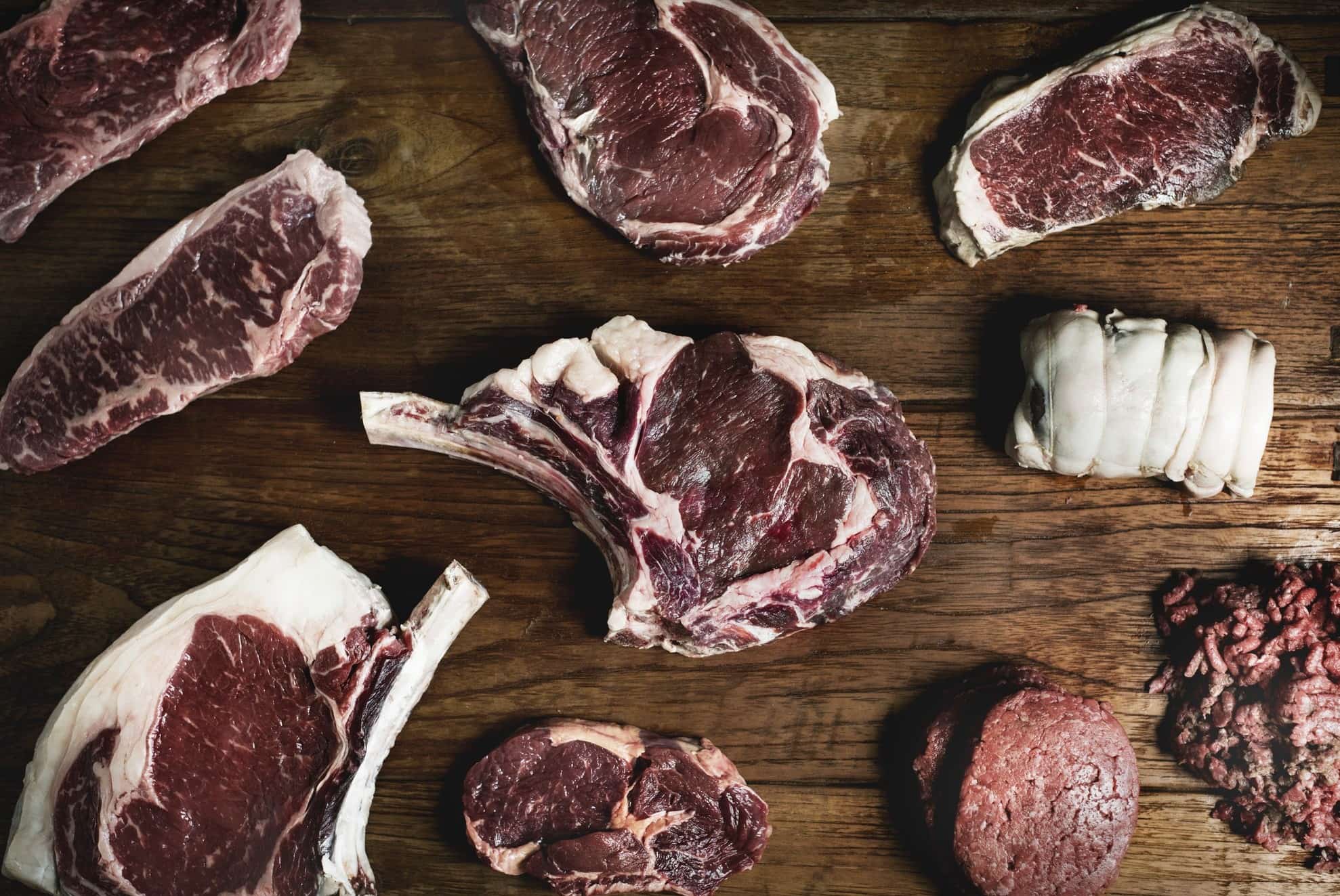
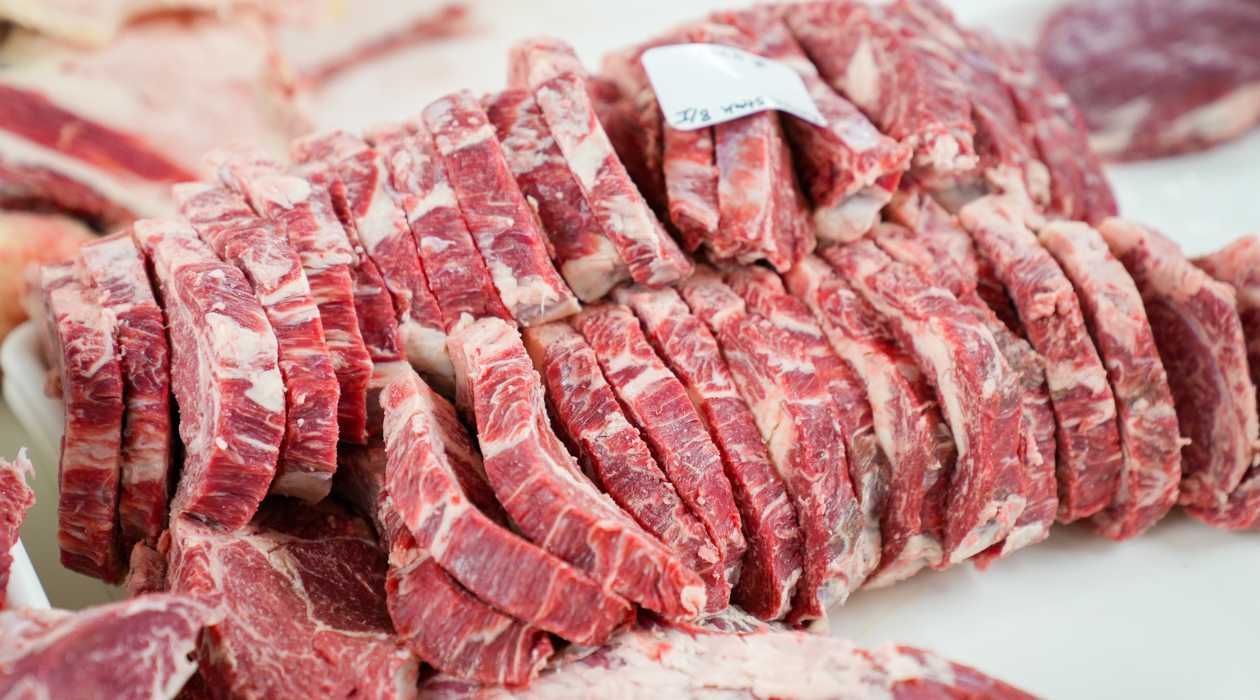
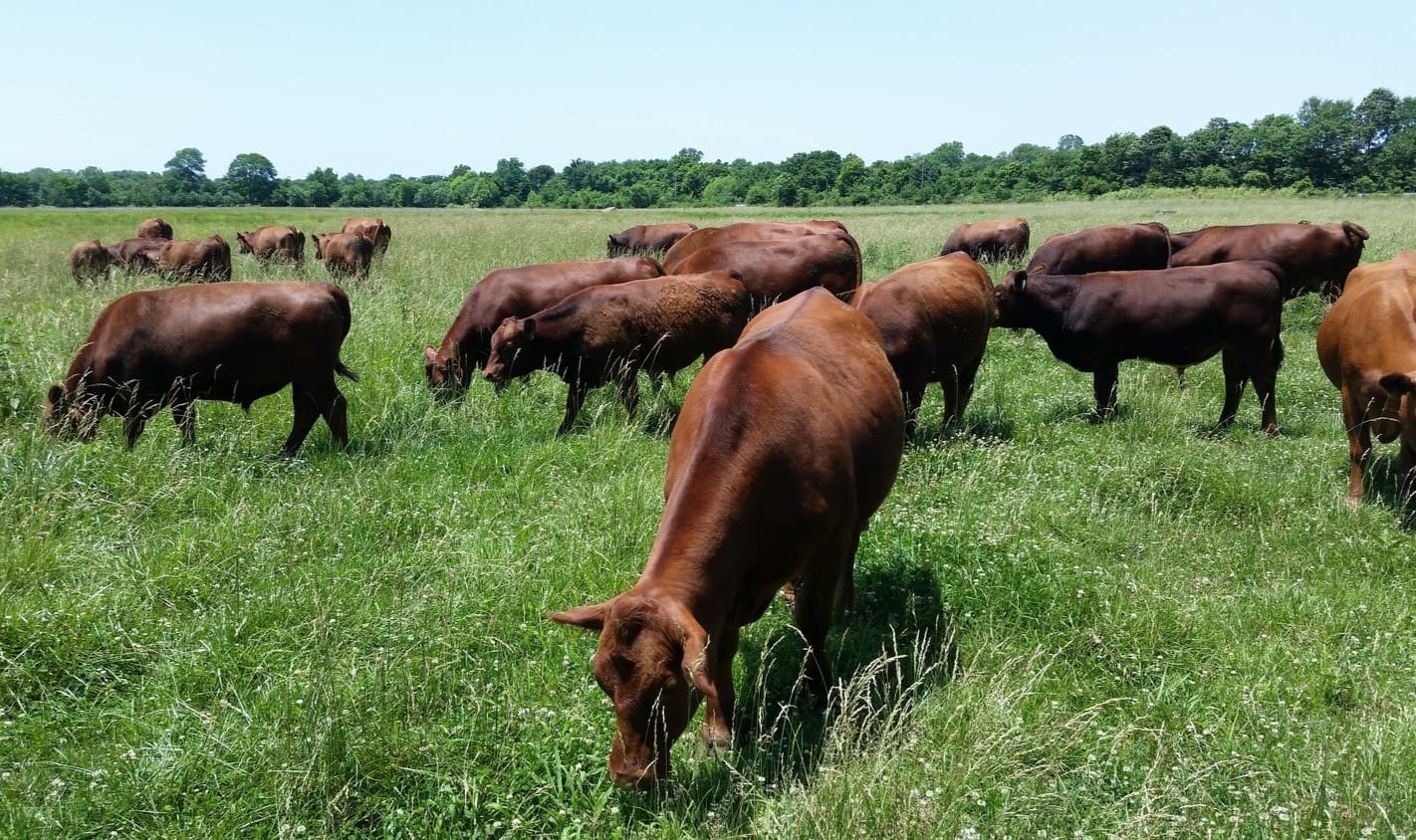
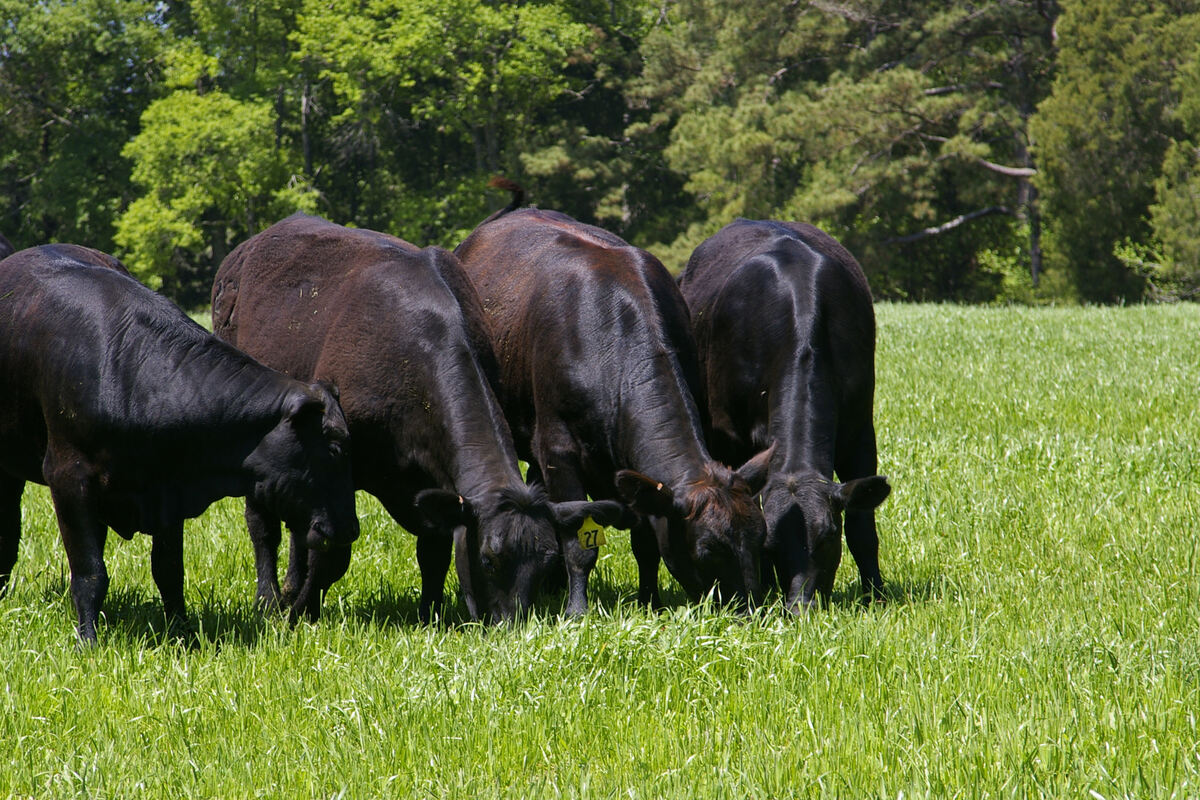

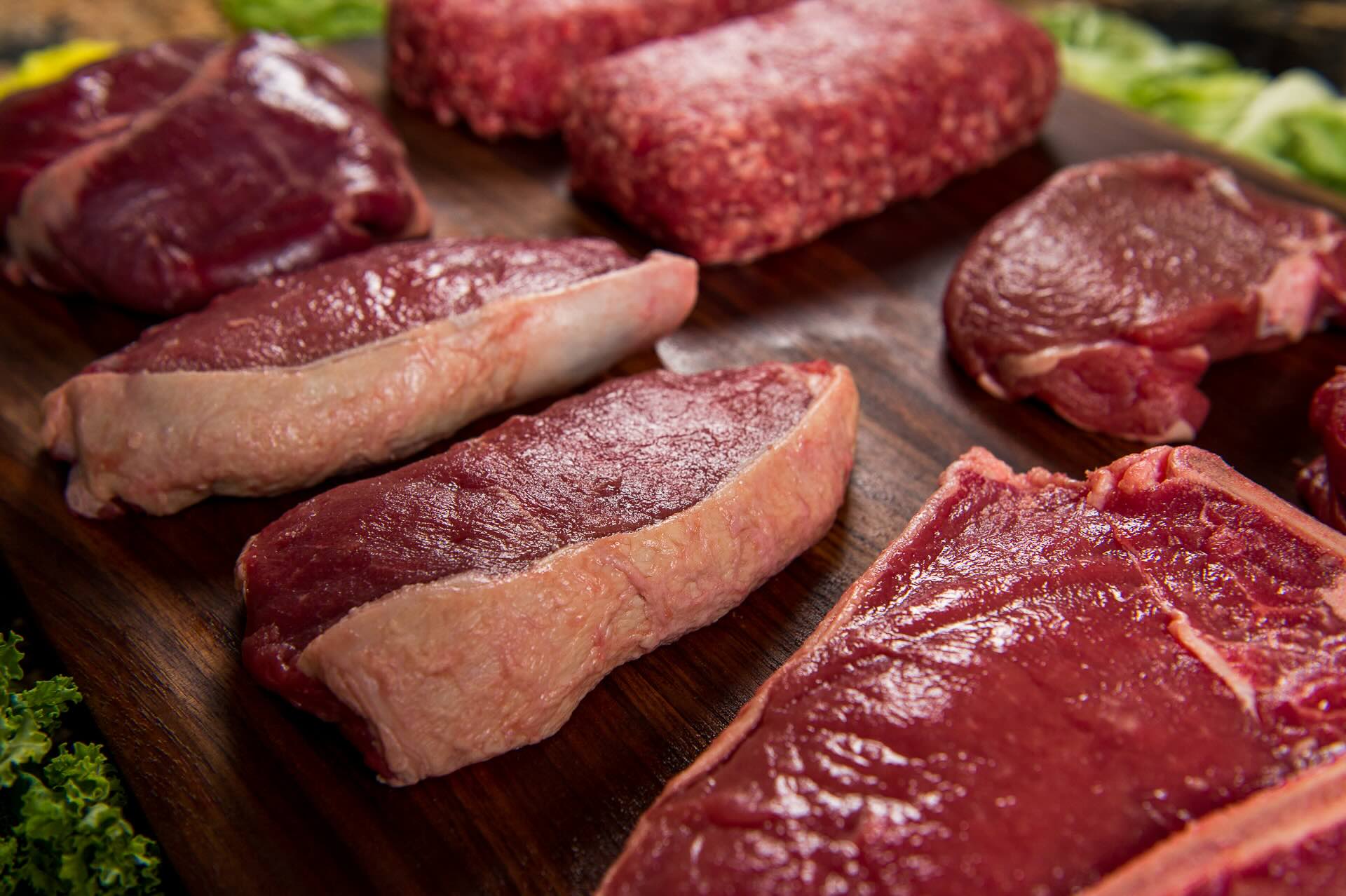

0 thoughts on “What Is Grass Fed Butter”